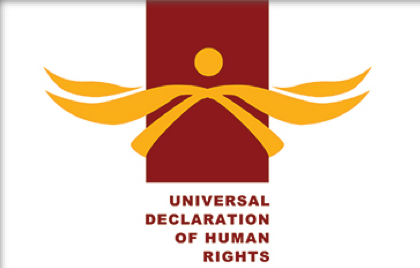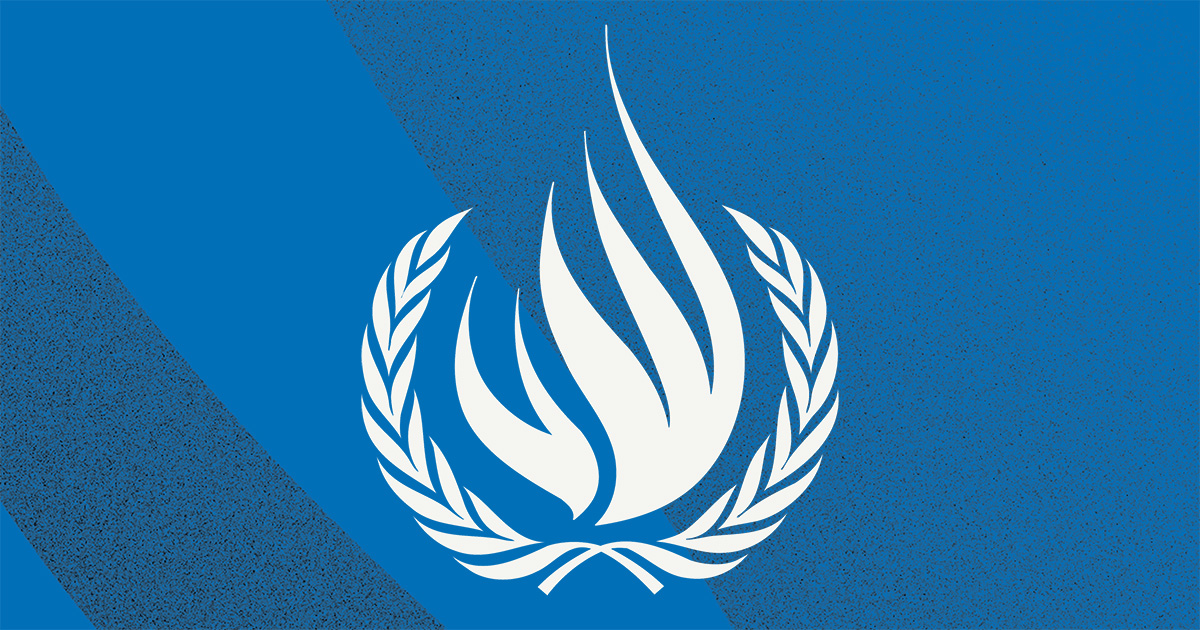Increasingly viewed as a commodity, housing is most importantly a human right. Under international law, to be adequately housed means having secure tenure—not having to worry about being evicted or having your home or lands taken away. It means living somewhere that is in keeping with your culture, and having access to appropriate services, schools, and employment.
Too often violations of the right to housing occur with impunity. In part, this is because, at the domestic level, housing is rarely treated as a human right. The key to ensuring adequate housing is the implementation of this human right through appropriate government policy and programmes, including national housing strategies.



Does the report codify anything, or is it more of a suggestion for United Nations members?
Contents
Page
I. Introduction . . . . . . . . . . . . . . . . . . . . . . . . . . . . . . . . . . . . . . . . . . . . . . . . . . . . . . . . . . . . . . . . . . . 4
II. Unearthing the connections: life, security, dignity and housing . . . . . . . . . . . . . . . . . . . . . . . . . 6
A. Homelessness . . . . . . . . . . . . . . . . . . . . . . . . . . . . . . . . . . . . . . . . . . . . . . . . . . . . . . . . . . . . . 6
B. Informal settlements . . . . . . . . . . . . . . . . . . . . . . . . . . . . . . . . . . . . . . . . . . . . . . . . . . . . . . . . 7
C. Migration . . . . . . . . . . . . . . . . . . . . . . . . . . . . . . . . . . . . . . . . . . . . . . . . . . . . . . . . . . . . . . . . . 8
D. Natural disasters . . . . . . . . . . . . . . . . . . . . . . . . . . . . . . . . . . . . . . . . . . . . . . . . . . . . . . . . . . . 8
E. Post-conflict situations . . . . . . . . . . . . . . . . . . . . . . . . . . . . . . . . . . . . . . . . . . . . . . . . . . . . . . 9
F. Financial and housing crises . . . . . . . . . . . . . . . . . . . . . . . . . . . . . . . . . . . . . . . . . . . . . . . . . 9
G. Domestic violence . . . . . . . . . . . . . . . . . . . . . . . . . . . . . . . . . . . . . . . . . . . . . . . . . . . . . . . . . . 10
H. Independent living and institutionalization . . . . . . . . . . . . . . . . . . . . . . . . . . . . . . . . . . . . . . 11
III. Human rights law: the right to life and the right to housing . . . . . . . . . . . . . . . . . . . . . . . . . . . . 11
IV. Towards a more inclusive understanding of the right to life and the right to adequate housing 15
A. Draft general comment No. 36 of the Human Rights Committee on the right to life . . . . 15
B. Other treaty bodies . . . . . . . . . . . . . . . . . . . . . . . . . . . . . . . . . . . . . . . . . . . . . . . . . . . . . . . . . 16
C. Regional jurisprudence . . . . . . . . . . . . . . . . . . . . . . . . . . . . . . . . . . . . . . . . . . . . . . . . . . . . . . 19
D. Domestic jurisprudence . . . . . . . . . . . . . . . . . . . . . . . . . . . . . . . . . . . . . . . . . . . . . . . . . . . . . 20
V. The way forward: conclusions and strategic recommendations . . . . . . . . . . . . . . . . . . . . . . . . . . 22